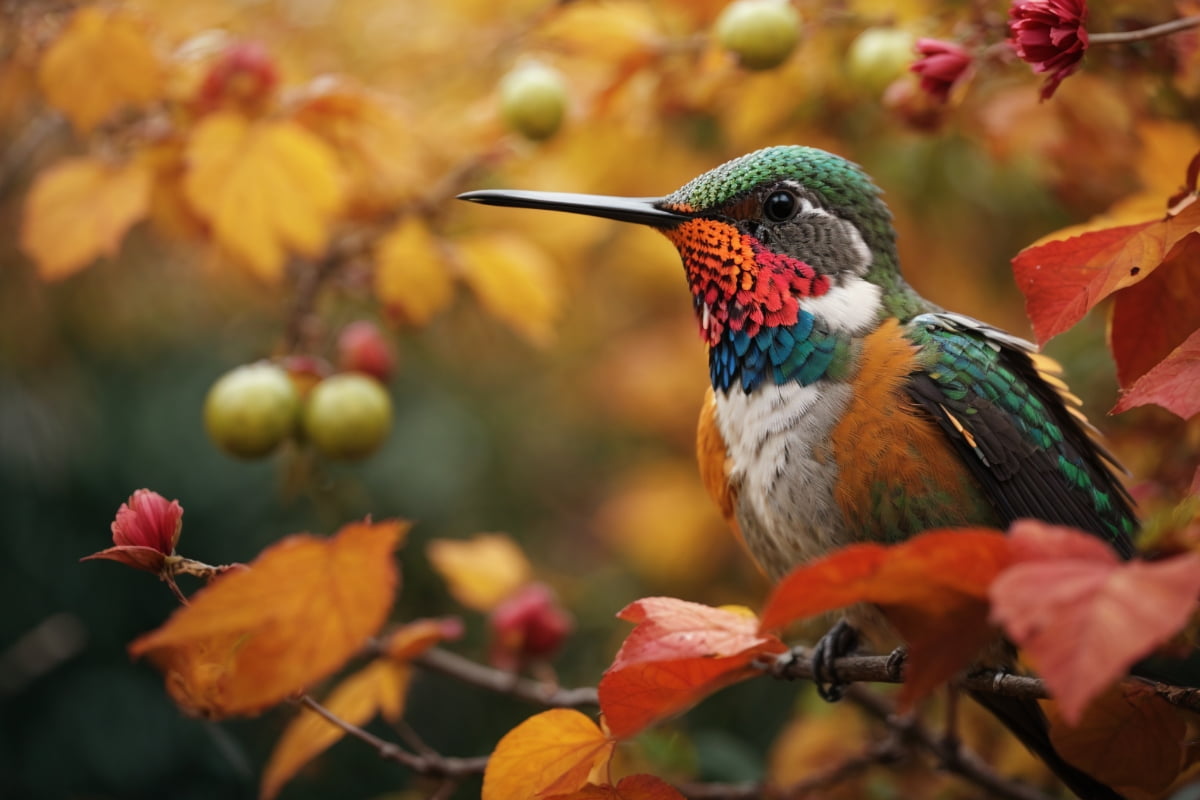The mesmerizing dance of hummingbirds, with their vibrant feathers and rapid wing beats, has long captivated birdwatchers in Pennsylvania. These exquisite birds, despite their delicate appearance, embark on one of nature’s most remarkable migratory journeys each year. But when exactly do these tiny birds leave the state of Pennsylvania? And what motivates their departure?
When Do Hummingbirds Leave Pennsylvania?
Hummingbirds typically begin their migration south from Pennsylvania in late September to early October. However, breeding males may start their journey as early as August. As the weather cools and food sources become scarce, these birds head towards warmer climates, primarily in Central America, to find abundant food and optimal breeding conditions.
The Great Migration: Why Do They Leave?
The departure of hummingbirds is driven by their survival instincts. As temperatures drop in Pennsylvania, the availability of food sources, particularly nectar, diminishes. Migration allows hummingbirds to find warmer climates with plentiful food resources. Additionally, migration plays a crucial role in their breeding cycle, as they can find optimal conditions for nesting and raising their young in specific regions.
Pennsylvania’s Hummingbird Calendar: Key Departure Dates
Breeding males are often the first to leave, starting their journey as early as August. The majority of hummingbirds begin their migration in late September or early October, resulting in a noticeable decrease in their numbers around feeders and gardens. Some young birds or late breeders may linger a bit longer, but by the end of October, most have embarked on their journey south.
The Journey South: Where Do They Go?
Hummingbirds do not randomly head south; they have specific wintering grounds in Central America. Some species, like the Ruby-throated Hummingbird, may travel as far as Panama, covering thousands of miles.
Supporting Hummingbird Journey: How You Can Help
As hummingbirds prepare for their demanding migratory journey, there are several ways we can assist them in reaching their destination safely. Maintaining feeders with a consistent supply of sugar water is crucial, especially as natural nectar sources decline. It is essential to keep the feeders clean and use the right mixture of sugar and water. Providing shallow water sources for drinking and bathing is also beneficial, ensuring the water is fresh and clean.
Signs of the Impending Journey: Hummingbird Behavior Before Migration
Before their departure, hummingbirds exhibit certain behaviors that indicate their impending journey. They become more territorial around feeders, consuming large amounts of nectar to build up fat reserves. This frenzied feeding helps them store energy for the long flight ahead. They may also repeatedly visit the same spots, known as “zoning,” to memorize locations for their return.
The Duration of the Flight: How Long is Their Journey?
The length of the hummingbird’s migration journey varies depending on the species and the specific route they take. For many, the journey from Pennsylvania to Central America can span anywhere from a week to several weeks. Factors such as weather conditions, food availability, and the bird’s overall health and stamina influence the duration.
What Do Hummingbirds Face During Migration?
Migration poses numerous challenges for hummingbirds. They face predation from birds of prey, such as hawks, and must navigate through sudden storms and strong winds. The non-stop flight demands immense energy, and finding enough nectar sources along the way.
